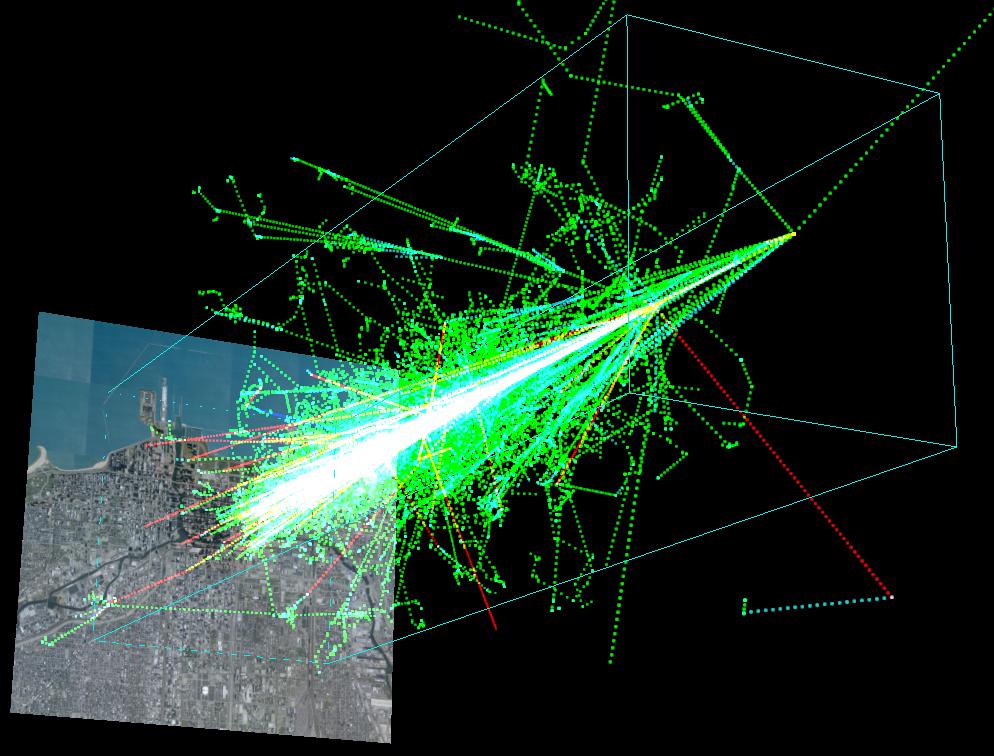Astronomy Jargon 101: Cosmic Rays

In this series we are exploring the weird and wonderful world of astronomy jargon! You’ll have to be careful around today’s topic: cosmic rays! Did you feel that? Something just hit you. It was a cosmic ray, a tiny charged particle traveling at nearly the speed of light. It was so small you probably didn’t notice, but that doesn’t mean they can’t cause damage. Our universe is flooded with cosmic rays. They are usually protons, but sometimes they consist of the nuclei of heavier elements. They were called “rays” because when they were first discovered in the early 20th century everyone thought that they were a form of radiation. By the time they figured it out, it was too late and the name had stuck. Our sun makes a lot of cosmic rays, but they tend to have lower energies. The more powerful rays come from outside the solar system, even outside the galaxy altogether. Astronomers have rounded up the usual suspects, though: supernova shock waves, the accretion disks around giant black holes, and energetic newborn stars. Basically any high-energy event in the universe is capable of generating cosmic rays. However, astronomers aren’t exactly sure what powers the strongest cosmic rays, which are capable of traveling over 99.9999999999% the speed of light. When cosmic rays encounter the Earth, the weaker ones bounce off of our magnetic field. The stronger ones punch through, but usually end up hitting something in our atmosphere. That collision triggers a chain reaction, where a shower of new particles spray down onto the surface. A few cosmic rays – either direct ones or the “shower” products from high-altitude collisions – strike you every few seconds. Most of them are harmless, but occasionally one will slice apart your DNA, which generally isn’t fun. That damaged DNA can lead to replication errors, which can eventually turn cancerous. It’s thought that a small percentage of all cancers on Earth are caused by cosmic rays. The post Astronomy Jargon 101: Cosmic Rays appeared first on Universe Today.
Read original article here.
Written by: Paul M. Sutter

Facebook Comments